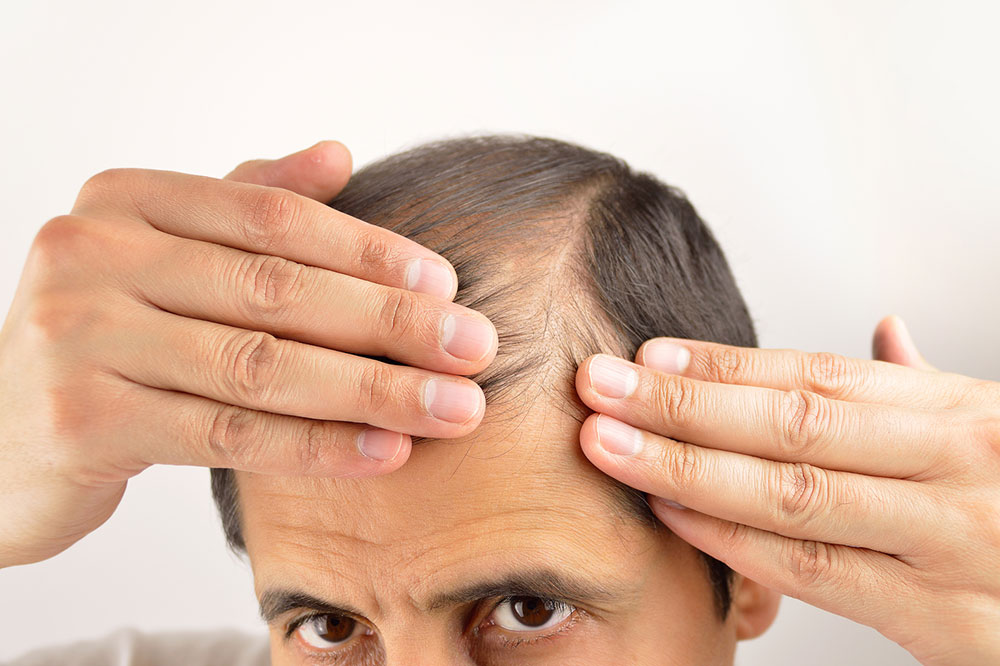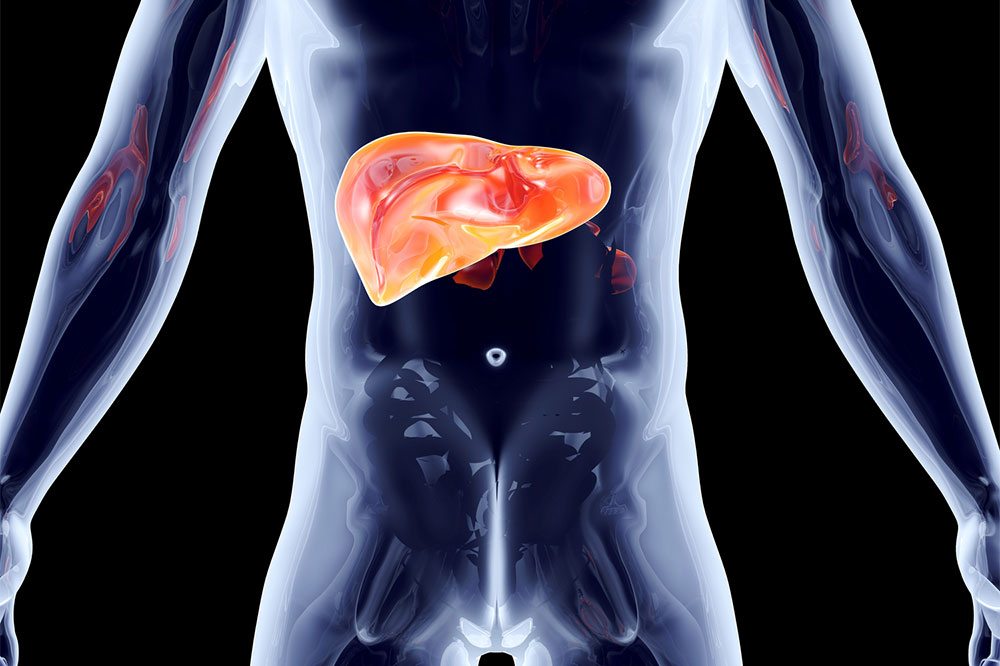Simple lifestyle changes that reduce the risk of heart diseases

The heart is the most crucial organ in the body and as the system will cease to function if the heart stops or loses momentum pumping fresh oxygenated blood. This is why it is vital to not neglect your heart health at all and responsibly maintain a healthy, stress-free, and more importantly, a happy lifestyle.
Here are a few simple lifestyle changes that will help support a healthy heart function.
Switch to a healthy diet
Avoid eating foods that are rich in trans and saturated fats. Most foods you find on the shelves of the supermarket contain large quantities of one or the other. Instead, switch to low-fat high fiber alternatives to help manage cholesterol. Maintaining a healthy cholesterol level in the body automatically reduces the risk of heart diseases. The simple reason for this is that fats that normally block major arteries and blood vessels are eliminated from these foods choices. It is also advisable to limit the salt (sodium) intake to control blood pressure and sugar to reduce the risk of diabetes simultaneously.
Change certain lifestyle habits
Reduce the number of alcoholic or carbonated drinks you have regularly. For men, it is advisable to have not more than two drinks and day and women must have only one. It is great if you can stop drinking completely. Also, it is crucial to avoid smoking as this change will help improve lung health to a great extent and promote the pumping of more healthy oxygen-rich blood in and out of the heart. Your lung’s capacity to absorb and release oxygen thus improves significantly in the long run.
Maintain a healthy weight
As you know, the heart has to replenish the oxygen-rich blood supply over and over. Obesity or generally being overweight can put a lot of stress on the organ that, in turn, affects the rate of blood flow through the system. Fat buildups in the arteries can raise the blood pressure and force the heart to work overtime due to the sheer physical stress. Obesity also limits and, in many cases, restricts movements, making it difficult to perform cardio exercises. Maintaining a healthy weight greatly reduces the risk of heart diseases. Doing cardio daily further improves heart health and increases the organ’s efficiency, thus prolonging longevity.
Manage stress as best as possible
Stress is the root cause of major health complications, including heart diseases. It is also one of the triggers of overeating, drinking, or even smoking as these activities tend to give temporary relief from stress. However, this doesn’t mean one stops stressing, and in fact, increased tolerance to such substances further increases their risk of heart diseases. Stress can also increase the risk of suffering from a stroke due to high blood pressure buildup.
It is advisable to consult with a medical professional periodically to assess blood pressure and blood sugar levels. You must exercise regularly and refrain from doing certain unhealthy activities to avoid heart diseases.







